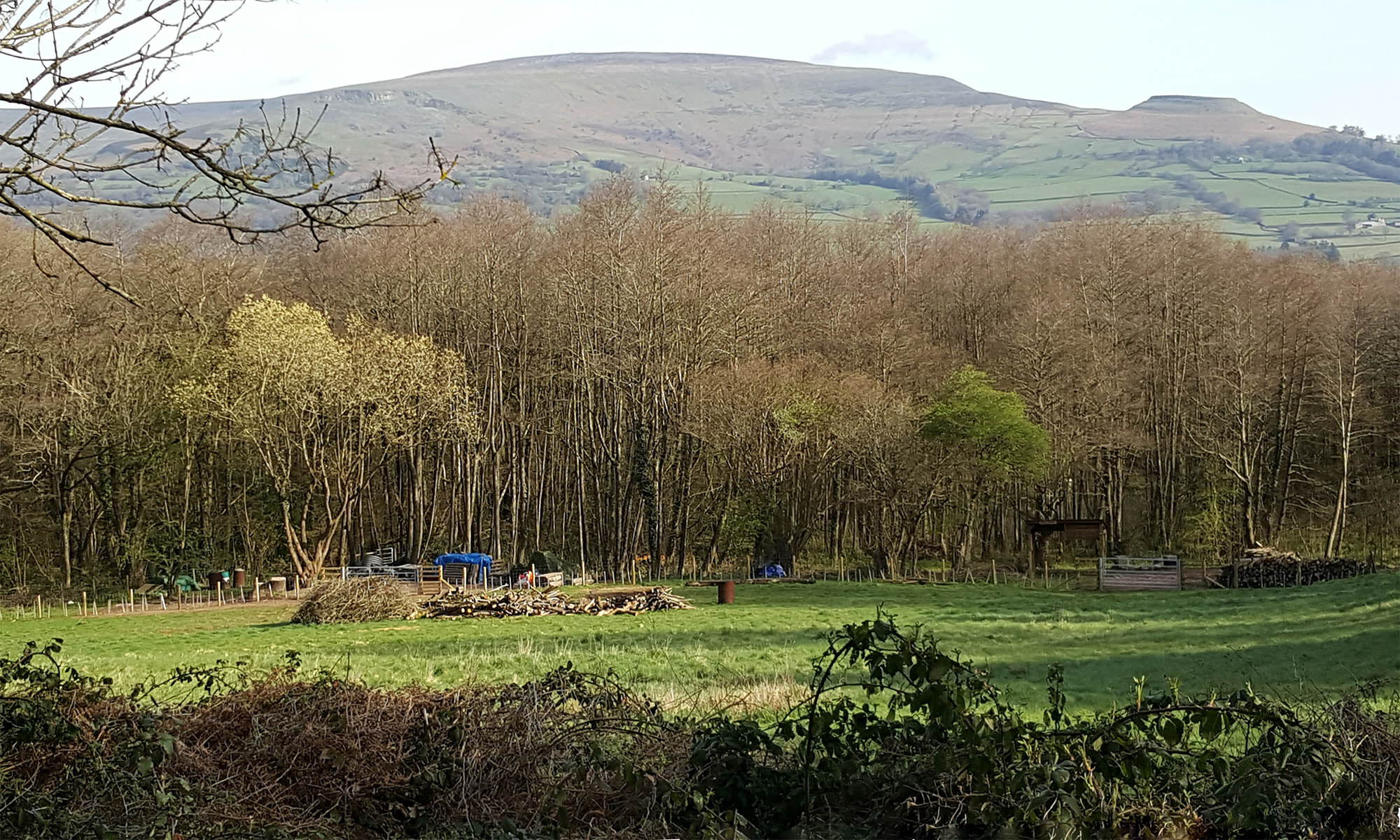Our woodland management activities fall into three broad categories:
Woodland management
- Tree felling
Many small woodlands are dominated by tall, thin trees fighting for light. These create dense shade near the ground and restrict the range of plants that can flourish. We fell trees selectively to allow light in, promote sturdier tree growth and encourage a wider range of wildlife habitats. We also deal with storm-damaged trees to reduce the danger of falling trees and branches. Whatever the reason for felling, the resulting trunks and branches are cut into manageable lengths and stacked tidily for seasoning.
- Tree planting
Wherever appropriate we plant new trees. On the edge of woodlands these form natural boundary hedges and with careful management in the future will add to the diversity of the woodlands as a whole.
For more on tree planting click here.
- Tree nursery
We have a small tree nursery where we grow from seed and grow on young saplings for another year to produce a stronger more resilient sapling.
- Coppicing
In partnership with The Woodland Trust we are undertaking coppicing in Cefn Coed in Crickhowell. This is a long term arrangement which will improve biodiversity by letting in more light to the forest floor. We will be undertaking plants surveys to monitor the change in ground flora.
Beekeeping
Keeping bees has become a significant area of activity in recent years…
For more on beekeeping click here.
Environment/biodiversity
Active management means working in harmony with woodlands, restoring their natural multi-layered structure and creating the ideal conditions for a rich mix of plant, animal, bird and insect life. We are developing habitats that support pollinating insects and have now established honeybee colonies in one of the woodlands.
Clearing invasive plants
Cherry laurel, rhododendron, snow-berry and Himalayan balsam have spread aggressively in parts of the woodlands we manage, crowding out native plants and reducing wildlife habitat.

 We work to eradicate the invaders, and then replant cleared areas with native species. For information on these invasive species click here.
We work to eradicate the invaders, and then replant cleared areas with native species. For information on these invasive species click here.




